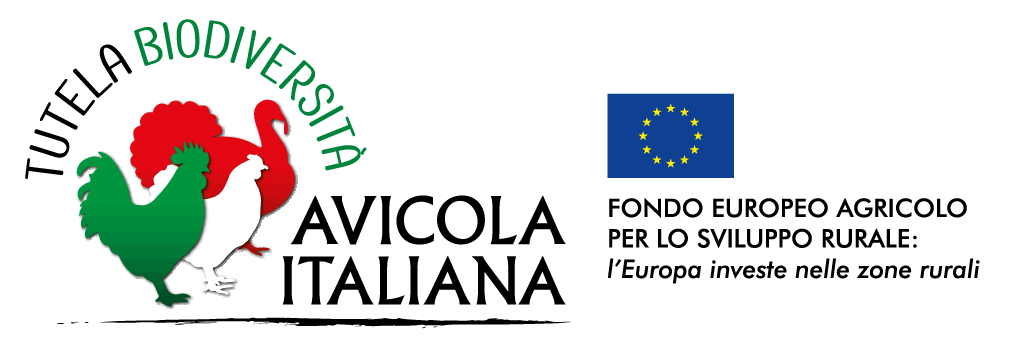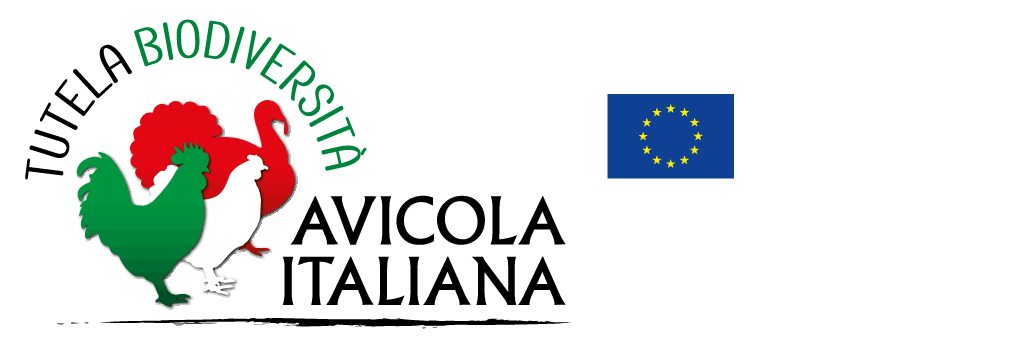Collo nudo italiana
Geographic origin: Probable European origin, most likely originating from Transylvania Naked Neck breed, from Romania and Germany.
Geographic distribution: Toscana, Veneto, Piedmont, Emilia Romagna
Estimated total population size: Not available
Extinction risk status (FAO, 1998): Unassessable
Any other specific information: The breed is characterised by a bare neck, that is either totally free from feathers or has a tassel of feathers at the front bottom.
Historical origin of the breed
The origin of the Collo nudo italiana breed dates back to the years that followed the First World War, even if it was not acknowledged abroad, and appears to be the result of the cross-breeding of Transylvania Nacked Neck and Comune italiana breeds.
It distinguished from other breeds for the typical neck, that was bare, but often adorned with a thick tassel of feathers at the front bottom. The breed was known for the large simple comb, irregularly serrated, and for the white ear-lobes, that reminded of its mediterranean lineage. The skin was extraordinally thin, that made plucking easy. The comb was remarkably resistent to freezing, even during cold winters.
The Collo nudo italiana breed was described as an excellent layer of large-sized eggs, with delicate and delicious meat.
Over the years, it risked extinction, but managed to survive and spread thanks to the enthusiasm and the efforts of dedicated breeders. During recent decades, it has gained larger fame, thanks to promotional activities that have made it available also in other world areas.
Bibliography and sitography
Mazzon, I. (1934). Pollicoltura Padovana – Storia monografia delle razze padovane. Tip. Antoniana, Padova
https://oryctesblog.blogspot.com/2010/03/appunti-di-avicoltura-la-razza-italiana.htm
Zanon A., Bigi D. (2022) Atlante delle razze avicunicole autoctone. Edagricole, Bologna
Qualitative morphological traits
Feather morphology: Normal
Feather distribution: Normal, with the exception of the neck, completely free from feathers; the front of the neck can present a tassel of feathers
Plumage structure: Abundant, adherent, and soft
Plumage colours: Multi-coloured breed, with different colours depending on the area. The most prevalent colours are: White, Blue, Wheaten, Black (every shade), Wild type (every shade), Cuckoo.
Colour features: Single-colour or bi-colour, depending on the colour
Structure of prevalent colours:
White: very pure white plumage, brighter in the male; it can take on a golden luster stressed by feeding and stabling. White down.
Black: intense black plumage, with strong bright green sheen in the male. Grey to black down, lighter down admitted in the male.
Wild type: in the male, head with golden yellow cap, cape absent; back, shoulders, wing coverts brilliant dark red. Saddle feathers golden yellow, with black striping. Main wing coverts black with blue/green metallic sheen. Primaries black, with narrow brown edge on the outer web. Secondaries with inner web and point black, outer web brown forming the wing bay. Breast black with green sheen whitout brown traces. Belly and legs black. Tail black with strong green sheen. Greyish down. In the female, head gold yellow, cape absent. Plumage in general brown gold with black peppering, slightly lighter rachis (when this is stressed, it results in the brown wild-type colour). Primaries black with narrow outer edge brown and peppered. Secondaries with inner web black and outer web peppered brown. Breast salmon. Belly and legs grey/brown. Tail black, the two upper main tail coverts marked like the remainder of the plumage.
Melanised wild type: in the male, head with dark cap, cape absent. Small wing coverts and back dark red/brown. Primaries black, with brown edging on the outer web. Secondaries with inner barbs black; outer barbs black, forming the wing bay. Wing bars black; belly and legs black. In the female, head almost black and neck plumage absent, except for a tassel of feathers that is discontinuously present on the front bottom of the neck. Breast light salmon. Overall plumage brown with black peppering, rachis light brown, and blackish edging, that can be more or less marked. Legs grey/brown. Belly grey/black.
Cuckoo: ground colour black marked with a light blue regular barring that is slightly arched and not too precise. Rachis regularly barred like the feather. Down should preferably show a regular barring like the remainder of the plumage. The colour of the male is slightly lighter.
Chick plumage colour: Variable, depending on the colour
Comb type:
Simple comb: small to medium-sized, starting just over the beak; average serrations; blade well-rounded and slightly following the nape without touching it
Rose comb: not larger than the skull; granulation as thin as possible; the spike, not too long, follows the line of the nape; fine indentation permitted
Ear-lobe colour: Pure white to yellowish white, sometimes streaked with red
Beak colour: Yellow, striped yellow, or horn
Iris colour: Orange-red to brown depending on the colour
Skin colour: Straw white to intense yellow with red neck
Shank colour: Variable depending on the colour
Shank feathering: Free from feathers
Qualitative morphological traits

Genetic traits
Characterisation of the breed with Single Nucleotide Polymorphisms (SNPs)

The presented data were registered in the nucleus population conserved at the University of Molise (UniMOL).
Download the technical data sheet of the Collo nudo italiana breed:
(The layout of the data sheet is ready for the booklet format. Print on both sides of paper, selecting “flip on short edge”.)
Germplasm collection
The breed has yet to be conserved in our Cryobank.
Latest update: August 21st, 2024

